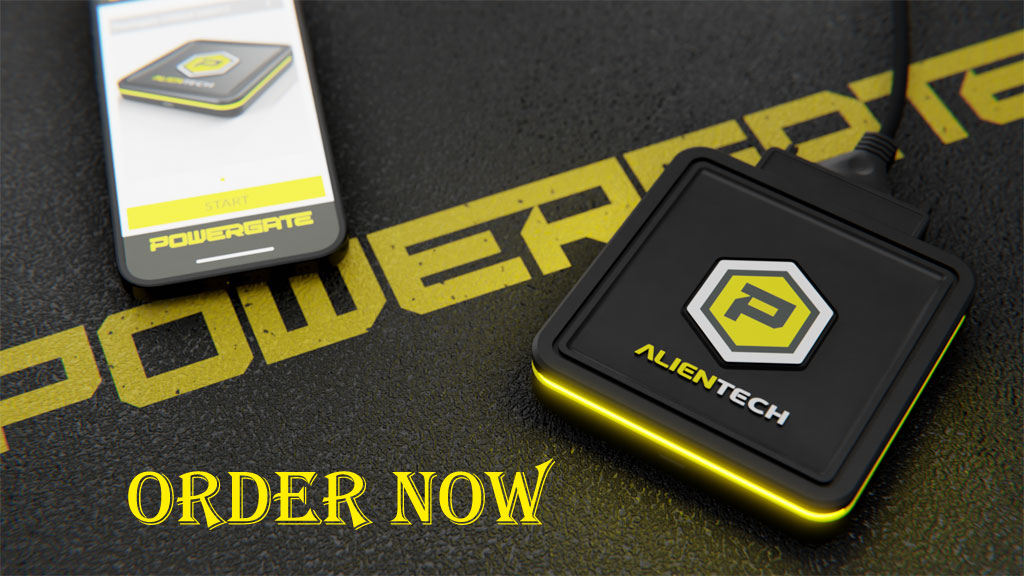Now a days automobile are laced with a number of microcontrollers and sensors that monitor and manage everything from the throttle position to the ambient air temperature. These devices communicate with each other over a wired in-vehicle network, a CAN bus. The CAN bus is main components of OBD-II, a vehicle diagnostic standard compulsory for all cars sold in the United States since 1996. The OBD-II standard sends and receives messages on the CAN bus. If you’ve ever watched your mechanic plug a tool in somewhere underneath your steering wheel, or seen a vehicle monitoring app for your Smartphone, that’s OBD-II in action. You’ll always find the port by the driver’s knees. Every vehicle with an OBD-II port has a standard set of diagnostics-related messages that must be accessible.
The EPA with technological control from the Society of Automotive Engineers (SAE) made compulsory the On-Board Diagnostics port (OBD-II) in 1996. The idea of the OBD-II system was to force standardization across vehicle fleets and manufactures for the purposes of measuring vehicle emissions. The physical port, situated near the driver’s knees, allows for an interface between the increasing number of onboard vehicle controls and vehicle technicians or emissions inspectors. The port is connected to the CAN bus within the vehicle that serves as the signal super highway linking all of the sensors with the vehicles’ on board computer. The CAN bus and signal protocols, “the language of communication”, are also captured under the SAE’s specifications for the OBD-II system. While the EPA and SAE have dictated a set of standard messages and data streams that must be available on the OBD-II port many vehicle manufacturers are allowing additional data regarding throttle position, wind shield wiper status and other data points and/or status messages to be passed through the OBD port.
Article Reference
